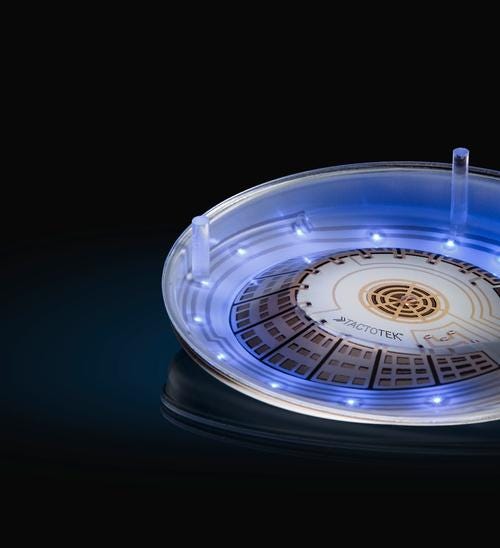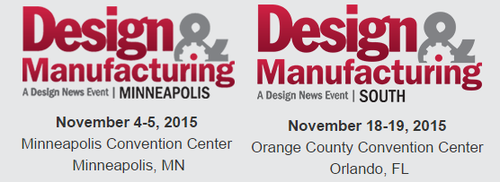October 26, 2015

A new suite of in-mold electronic inks designed to help streamline the production of electronic devices is now available from DuPont Microcircuit Materials. The inks are designed to let engineers print electronic circuits directly onto plastic substrates.
Printed electronics aren't new. We've told you about several varieties of flexible circuits and substrates, including some of Plastic Logic's more unusual accomplishments, such as its flexible image sensors printed on plastic. But printing circuits in the mold during more mainstream, demanding manufacturing processes like injection molding and thermoforming isn't exactly easy.

The new DuPont ME series of in-mold electronic inks was developed for just those uses. The process reduces the need for rigid printed circuit boards, making it easier to integrate touch controls -- such as electronic buttons, switches, and slides -- directly into a design for applications like cars and home appliances.
With DuPont's in-mold printed electronic technology, there are no wires behind the console, so assembly consists of only a single-connection, snap-on process. This simplifies assembly and cuts the time required by up to 40%. Since most of the weight of conventional switches is due to buttons and wires, eliminating them can reduce the weight of a console by 70% or more. The technology also reduces costs. By eliminating those separate buttons and switches, parts costs can be cut by as much as 20% compared to other electronic touch switch systems and up to 50% versus currently available buttons.
READ MORE ARTICLES ON PRINTED ELECTRONICS:
In-mold inks that enable printed electronics also increase engineers' design freedom, by making it possible to simplify structures and create shapes that aren't confined to the form factors of printed-circuit boards, said John Voultos, segment manager, DuPont Microcircuit Materials, in a news release. "These new inks will enable more beautiful appliances and lighter vehicles." For example, capacitive LED switches can now be arrayed anywhere in the design, in practically any shape.
Because the new inks work with existing in-mold decorative processes, costly re-tooling isn't required. DuPont is launching a compatibility database to help simplify implementation of the technology. It will contain in-use testing and reliability data of the in-mold inks when used in conjunction with industry-leading films and graphic inks.
DuPont Microcircuit Materials' electronic inks are used in a variety of applications, including to form conductive traces, capacitor and resistor elements, and dielectric and encapsulating layers compatible with many substrate surfaces, such as polymer, glass, and ceramic.

Design News will be in Minneapolis and Orlando in November! Design & Manufacturing Minneapolis will take place Nov. 4-5, while Design & Manufacturing South will be in Orlando Nov. 18-19. Get up close with the latest design and manufacturing technologies, meet qualified suppliers for your applications, and expand your network. Learn from experts at educational conferences and specialty events. Register today for our premier industry showcases in Minneapolis and Orlando
Ann R. Thryft is senior technology editor, materials & assembly, for Design News. She's been writing about manufacturing- and electronics-related technologies for 27 years, covering manufacturing materials & processes, alternative energy, and robotics. In the past, she's also written about machine vision and all kinds of communications.
About the Author(s)
You May Also Like



